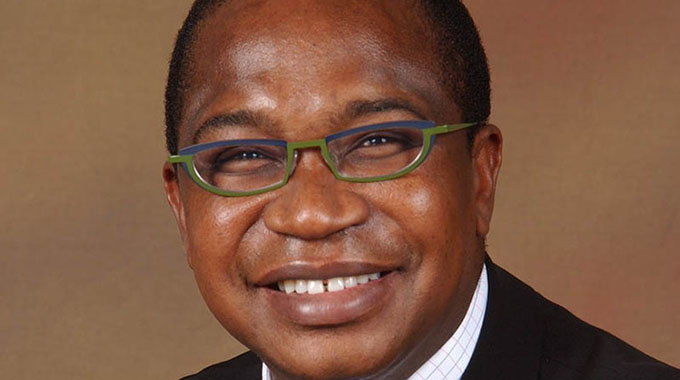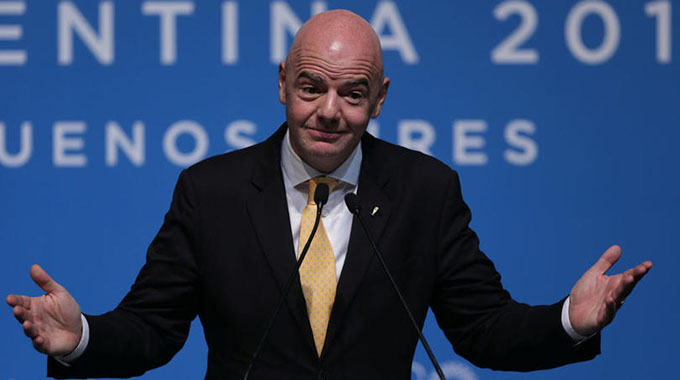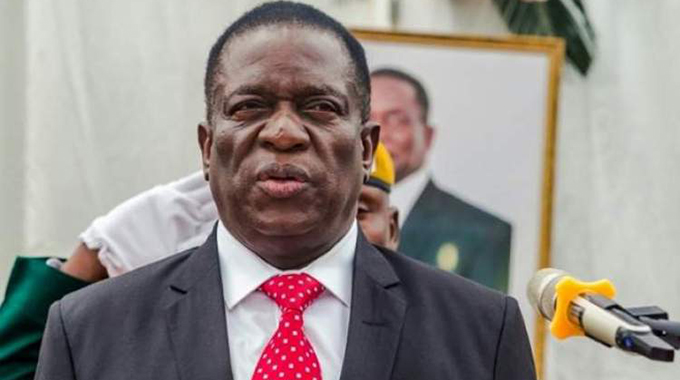‘No prosperity without pain’

Prof Mthuli Ncube Twenty Thirty
Over the past year, there has been much talk about Vision 2030, our national growth strategy to transform Zimbabwe into a Prosperous and Empowered Upper Middle Income Society by the end of the next decade.
There has been less talk, however, about how we are going to get there, and the specific steps we are planning to take. Government is asking for patience and understanding from its citizens, and it is therefore important that we clearly communicate not only where we are going, but also how we will get there.
The starting point for our journey is stabilisation. Aware of the difficult reality in which we are operating, the first step is to stabilise the economy to provide a solid foundation for sustainable economic growth.
The vehicle for this is the Transitional Stabilisation Programme (TSP), an immediate term economic policy strategy containing a set of reforms and interventions to stabilise the economy over the next two years.
This is the first step towards the realisation of Vision 2030, and will be followed by two successor plans, that will lead us to the Promised Land.
The TSP is a highly realistic document. It acknowledges our starting point: An economy having to contend with a high budget deficit and significant debt after years of mismanagement.
These challenges are significant, but with major structural reform, they are not unsurmountable. What is required is bold action and a willingness to take tough decisions. We cannot bury our heads in the sand — the longer we wait to address our challenges, the harder it will be.
The main focus therefore is on the need to urgently correct the mismanagement of the budget. For years, Government has been spending much more than it had, which destabilised the economy. Simply put, when we came to this office, our national wallet was empty and we had significant debt. Our strategy is to cut down Government spending — through eradicating unnecessary expenses and waste — while widening the income base. We can no longer spend what we do not have.
TSP therefore seeks to reduce Government expenditure to make room for developmental projects and programmes which support production. This also includes the privatisation and reform of inefficient parastatals to increase their contribution to the economic development of the country, and reduce their drain on the Government. They must shift from being a burden to an asset.
Of course, cutting spending and increasing taxes are not popular measures, and they are not pain-free. Many people are struggling and we are aware that we are asking for increased patience, understanding and sacrifice at an already difficult time.
But this is the only way. The TSP is like a doctor performing life-saving surgery on the Zimbabwean economy. Yes, the surgery will cause pain, but this pain is the first step towards recovery.
These austerity measures are not across the board, and the TSP is designed to ensure that the most important developmental and infrastructure projects get more, not less, funding. As we cut non-essential spending, the TSP increases funding to the education and health sectors, as well as social protection and gender mainstreaming.
Similarly, priority is given to investment in infrastructure such as roads, rail and electricity, with an emphasis on the completion of ongoing infrastructure projects while pursuing alternative financing mechanisms such as private public partnerships.
Equally important is stimulating production in the agriculture, mining and manufacturing sectors, so that we begin to produce more of our own products and goods. This way, we will import less and export more, bringing in foreign currency, creating jobs and reducing prices.
The service sector also has a large role to play. Tourism has been identified as a high-potential area to increase revenue with minimum capital outlay. This potential was recognised by the Lonely Planet and National Geographic, two of the world’s top travel publications, who both listed Zimbabwe in their top 10 “must visit” destinations for 2019.
When it comes to attracting investment, improving the ease of doing business and enhancing efficiency are key facets of the TSP as we put in place concrete steps to support the President’s “Zimbabwe is Open for Business” message. Improving our banking, information, communication, insurance, and technology sectors will further strengthen the business environment, as will the ongoing measures to fight corruption.
Investors are also influenced by the political environment. The TSP, therefore, recognises the importance of good governance by ensuring the rule of law prevails, protecting property rights as well as democratisation of the political space. This also includes the need to immediately align all outstanding statutes to the Constitution.
The targets we have set ourselves are ambitious but attainable, and the sacrifices we make today will be repaid many times over in the years to come. The TSP is the first step of a bold, concrete and comprehensive plan to restructure, rebuild and reform our economy, putting us on the path to steady economic growth. The road to our Vision 2030 is bumpy and full of potholes, but with careful navigation and discipline, we will realise our vision.
Prof Ncube is the Minister of Finance and Economic Development. This piece is the first of a series articles he is writing exclusively for The Herald outlining the economic trajectory in line with President Mnangagwa’s Vision 2030. For feedback email, [email protected] <mailto:[email protected]>







Comments